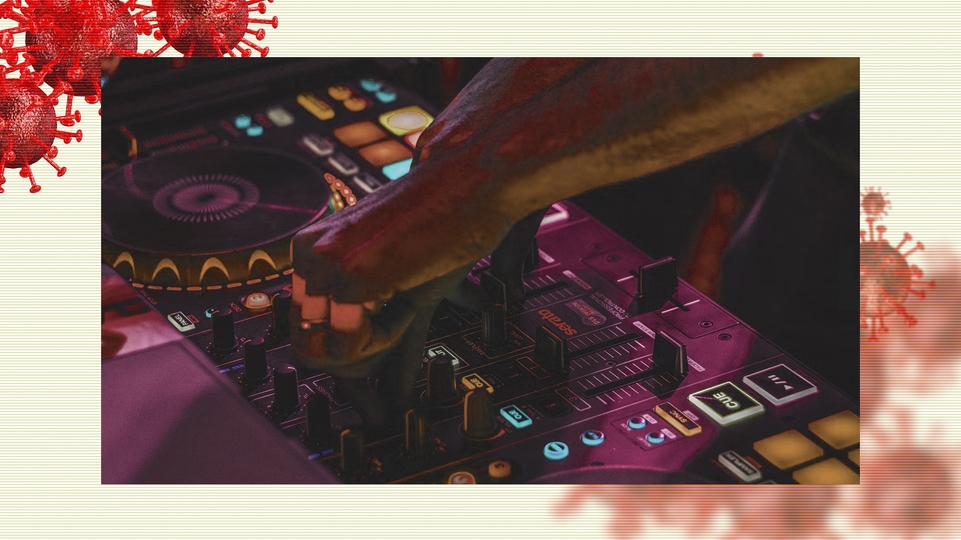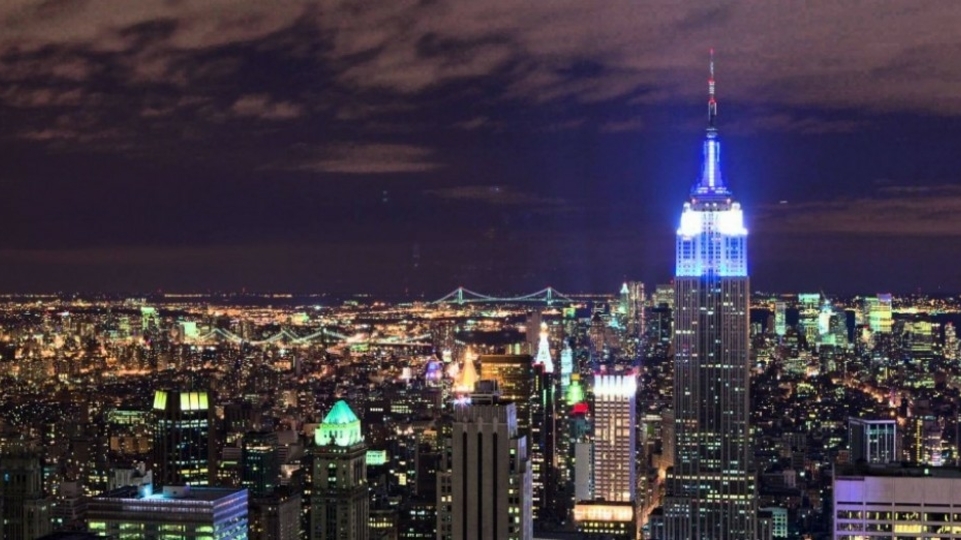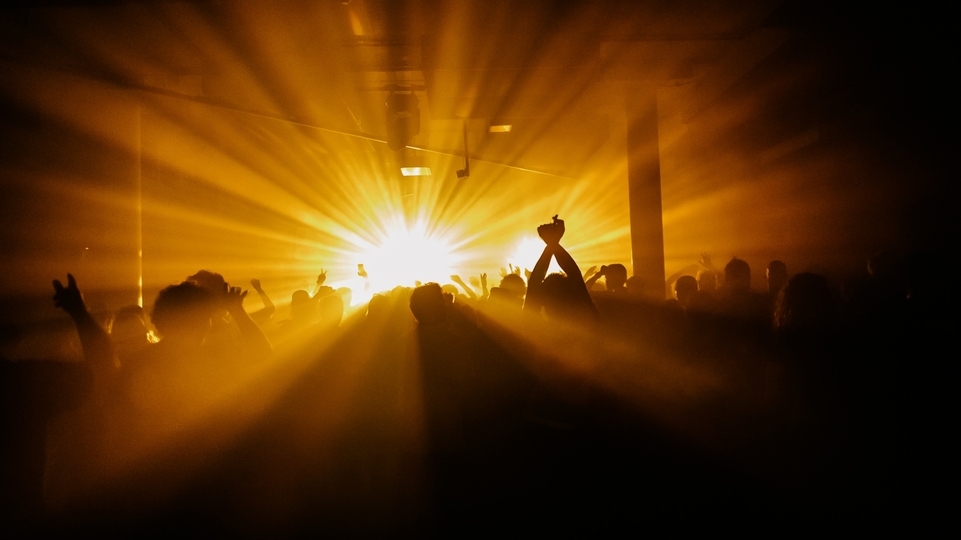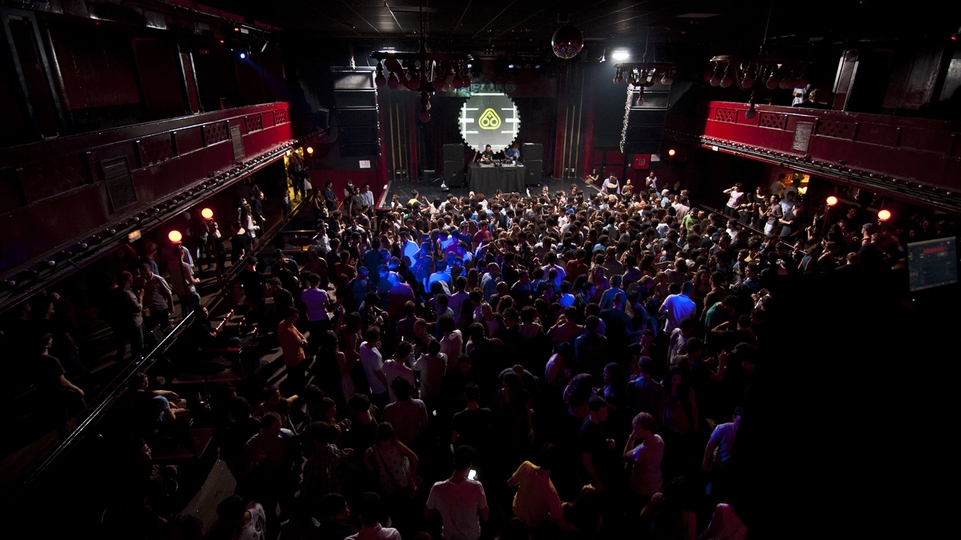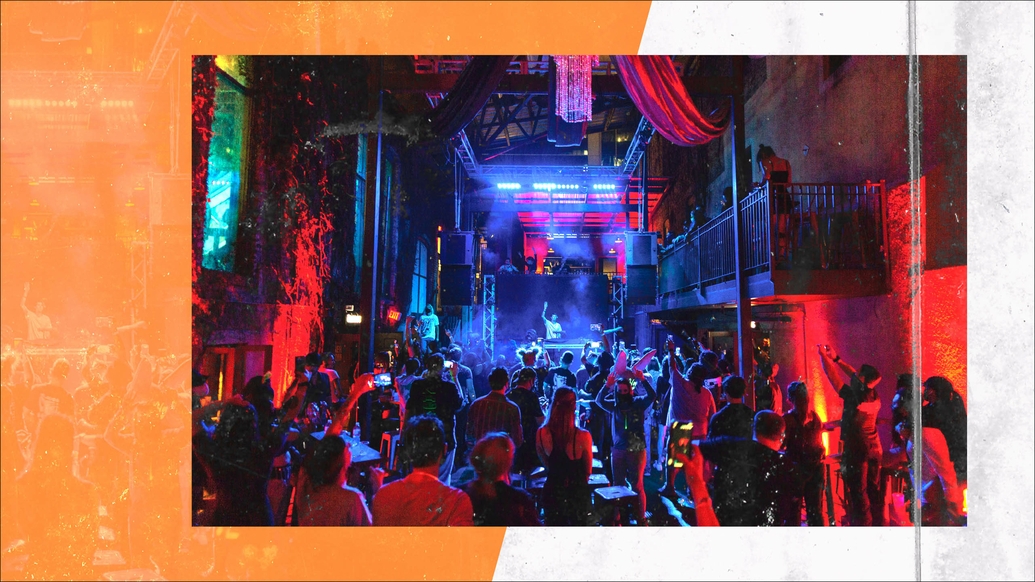
How North American clubs and festivals are approaching their return to the dancefloor
In the U.S. music fans are eagerly awaiting the safe return of clubs and festivals, but there are risks to consider before going back to the dancefloor. Megan Venzin finds out how some U.S. promoters are trying to ensure their events are COVID-safe this summer
It’s been a heavy year — one many wish to shake off, preferably in an invigorating bath of strobe lights, lazers and amplified sound. Those days can’t come soon enough.
And yet, when considering the return to live events, it’s impossible to ignore how the United States has suffered in the pandemic. At the time of writing, more than 586,000 Americans have died of COVID-19, and upwards of 30,000 people are still testing positive for the virus daily. Though down from January’s peak, the numbers indicate a precarious situation, to which variants like the highly infectious B.1.1.7. add complexity. The country is moving in the right direction, but a secure destination is still off in the distance.
Even so, optimism is in the air. April marked a potential turning point in the pandemic, when all 50 U.S. states opened up vaccine eligibility to citizens aged 16 or above. Not everyone will opt to become vaccinated, and given the country turned mask-wearing into a political firefight, there’s no doubt that this chapter will sow further division.
Because governors have the power to determine when their individual states’ economies reopen and to what extent, responses have been uneven from the start. Some promoters and festival organizers have used this fact to their advantage. Instagram stories out of Miami, for example, offer a digital front row seat to the types of discrepancies that live behind looser borders: overflowing bars, maskless Spring Breakers and packed venues paint an alternate reality. Unfortunately, the virus is still crashing the party there, and in nearly every other state too.
For months, intrepid ravers have contributed to a Florida economy that Governor Ron DeSantis called “booming”, even as thousands of people were dying daily. For those in the northeast and midwest, where legal nightlife remains heavily restricted (or paused entirely), it’s been a point of contention. With vaccines more accessible, the tone has softened. And as we approach a season that is typically packed with outdoor music events, everyone is asking the same question: Can we finally go raving again?
“It is safer to return if you’ve had the vaccine, wear masks, and the event organisers follow guidelines that are shown to prevent the spread of COVID-19,” says John Meek, M.D., of Lexington Infectious Disease Consultants (Lexington, KY).


Much like the state leaders who were left to set capacity limits on businesses and require residents to wear face coverings, the decisions are now in organisers’ hands. It can be assumed that the usual suspects who flouted restrictions before are unlikely to start following rules now. Alternatively, those who have dedicated themselves to creating safe event environments throughout COVID will be quick to apply lessons learned over the past 14 months.
In southern states like Florida and Texas, where governments have resumed “business as usual”, large-scale events will face fewer challenges than their northern counterparts, but that doesn’t mean all actors in those markets aren’t taking precautions seriously.
Austin-based production company, RealMusic Events, found success hosting limited-capacity live shows last autumn and is currently gearing up to unveil its annual Seismic Dance Event, for which 2,500 ticket holders will be required to wear masks and either show proof of vaccination or produce a negative antigen test prior to entry. Texas governor Greg Abbott has already dropped the state’s mask mandate and has spoken out publicly against businesses requiring vaccine passports, arguing that they violate privacy. RealMusic Events will implement them anyway. “We almost felt obligated to show people that it can be done safely,” says co-founder, Andrew Parsons, who runs the company with his wife, Kelly Gray. “We just have to keep pushing forward.”
Regulations have begun to relax in stricter regions too. California, a recent epicentre of the U.S. pandemic, will reopen on 15th June assuming hospitalisations remain low and there are enough vaccines available for anyone who wants one. That leaves the onus on the general public to determine what amount of risk they will take to reconnect with the social activities they love.
However, one strong opinion prevails: we’re so close to the finish line... can’t we just wait a little longer? GoldenVoice Presents made the difficult call to cancel Coachella’s rescheduled multi-week April event. Movement Festival, which was set to take place at the end of May in Detroit, recently announced that a 2021 instalment is not possible. And in April, EDC postponed the until October 22-24th.
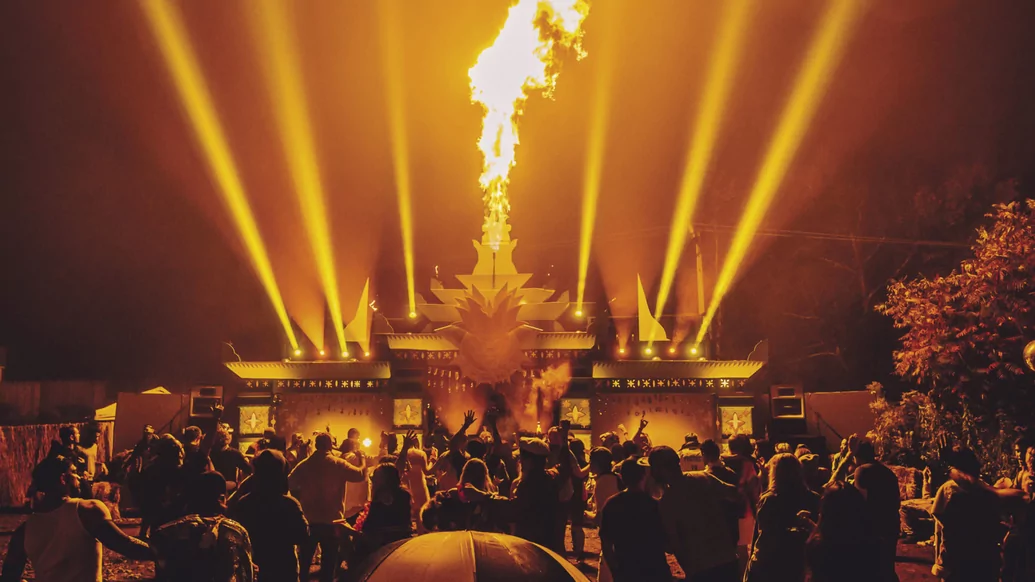

Bonnaroo Music & Arts Festival, which sees more than 80,000 attendees and unfolds on a sprawling 700-acre farm in Manchester, Tennessee, chose September 2021 for its four-day event in lieu of traditional June dates, in the hope that the country will be on the other side of the pandemic by then. New York City’s Governors Ball took a similar approach. However, for many independent event companies that have been bleeding cash since last spring, waiting is simply not an option. And with hundreds of thousands of young people exhausted after a year of lockdown, taking a gamble on a bash now could see huge rewards.
Meanwhile, artists and attendees must weigh their options. “Safety plays a huge role for me when deciding to play a gig, and I think it’s important to think back to safety concerns we had prior to COVID,” says James Walker, a Boston-based DJ who goes by the moniker Cakewalk. “There’s a lot of correlation when it comes to promoters and event planners that would host parties knowing that their patrons did not feel safe.”
Walker is booked to play at Elements Arts & Music Festival this September. He also orchestrated community marches and performances for Black Lives Matter over the past year. He plans to bring what he’s learned about personal responsibility with him to future events.
“It really comes down to WHO is at these events,” he continues. “How serious is the crowd and promoter taking precautions? And for how long? Will the security or person [in charge of] monitoring the crowd just get lazy after a couple hours? Hold each other accountable, even if it’s uncomfortable!”
It’s that kind of accountability that will be so critical as the industry moves forward. So, is it time for America to get back to the rave? Ultimately, that’s a polarising and intricate question that each individual will have to answer for themselves.
